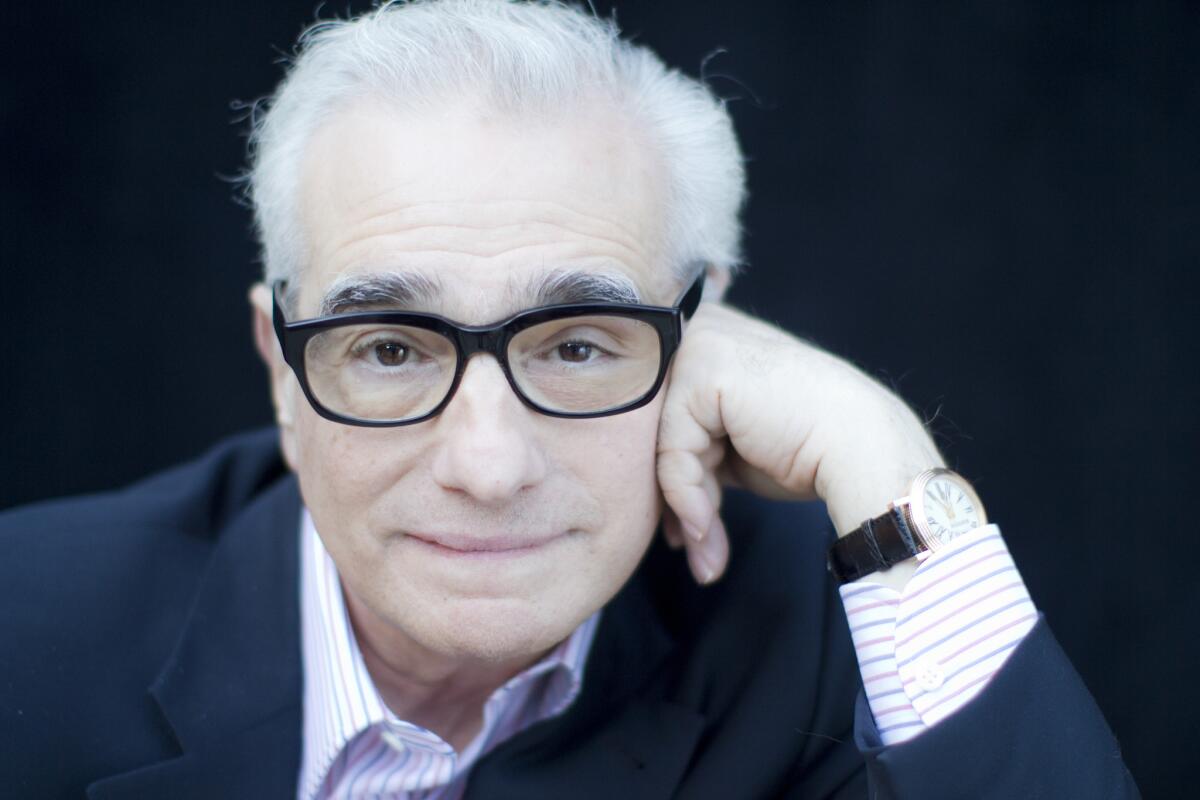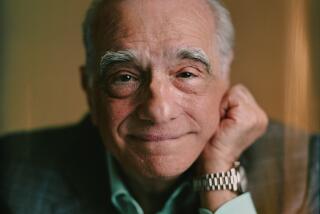Martin Scorsese voices support for Kodak’s continued film production

- Share via
Martin Scorsese shot classics such as “Casino” and “Gangs of New York” on film stock. Now the Hollywood titan is voicing support for Kodak’s continued production of film.
The digital age has made filmmaking easier and more affordable. But it would be too simple for the industry to forget the artistic and historic significance of film stock, Scorsese said in a statement Monday.
“Everything we do in HD is an effort to recreate the look of film. Film, even now, offers a richer visual palette than HD,” he said. “We have to remember that film is still the best and only time-proven way to preserve movies.”
The Oscar-winner’s statement came after news that Eastman Kodak Co., one of the world’s most recognizable film suppliers, is finalizing agreements with industry leaders to keep celluloid in the future of film.
Scorsese, chair of The Film Foundation, is among a handful of big-name directors to throw their weight behind the traditional method. Others include Quentin Tarantino, Chris Nolan and J.J. Abrams. Tarantino’s iconic “Pulp Fiction” was shot using film stock, as was the more recent “Kill Bill” series.
“Our industry – our filmmakers – rallied behind Kodak because we knew that we couldn’t afford to lose them, the way we’ve lost so many other film stocks,” Scorsese said in a statement. “This news is a positive step towards preserving film, the art form we love.”
Industry support allows the company “to plan ahead and maintain production of film for the industry while gearing up for new markets, such as touch sensors,” said Louise Kehoe, a spokeswoman for Kodak. Film currently accounts for about 6% of the company’s revenues, Kehoe added.
The company is one of the few large film suppliers left. Three years ago, there were 260 motion picture processing labs operating worldwide, according to Kodak data. That number had diminished to 111 by October 2013.
Kodak’s sales of motion picture film have declined 96% in the last 10 years because of a widespread conversion to digital displays of movies worldwide, according to data provided by the company.
The Rochester, N.Y.-based company filed for Chapter 11 bankruptcy in January 2012 after seeing sinking profits or a loss in every year except one since 2003. At the time, the company laid off 47,000 workers and shuttered 13 manufacturing plants and 130 processing labs.
Kodak emerged from bankruptcy in September 2013. Jeff Clarke was appointed CEO less than a year later.
Twitter: @madeline_oh
More to Read
From the Oscars to the Emmys.
Get the Envelope newsletter for exclusive awards season coverage, behind-the-scenes stories from the Envelope podcast and columnist Glenn Whipp’s must-read analysis.
You may occasionally receive promotional content from the Los Angeles Times.






